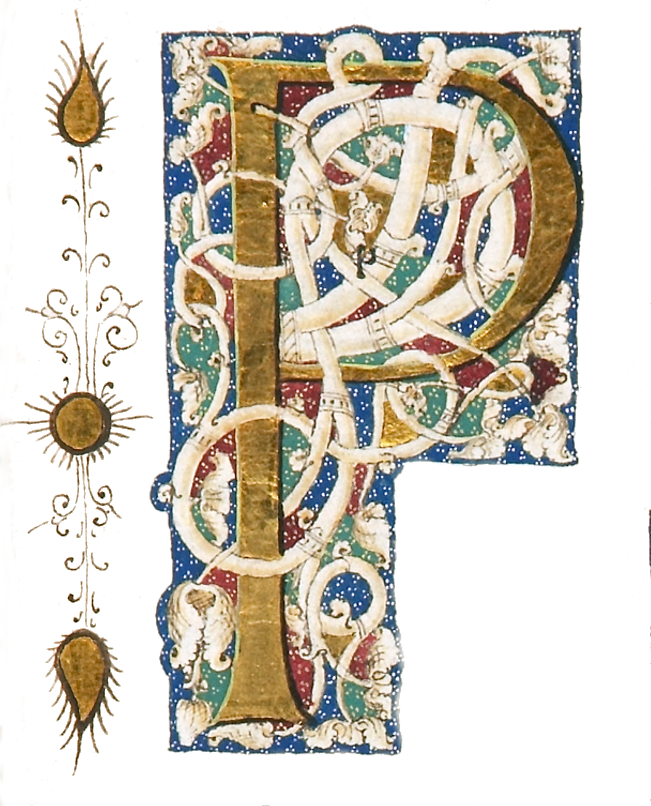[1929] · Philadelphia
by (RACKHAM, ARTHUR, Illustrator). GOLDSMITH, OLIVER
Philadelphia: David McKay Company, [1929]. No. 107 OF 200 COPIES for America (and 575 for England) SIGNED BY THE ARTIST. 270 x 205 mm. (10 5/8 x 8 1/8"). 231, [1] pp.
Original vellum, gilt titling and decoration to upper cover and smooth spine, pictorial endpapers, top edge gilt, other edges untrimmed and UNOPENED. IN THE ORIGINAL (mostly intact) GLASSINE WRAPPER and (somewhat soiled) apparently original box. 12 COLOR PLATES BY RACKHAM (including the frontispiece) as well as five full-page and several smaller black & white illustrations in the text. Hudson, p. 171; Latimore & Haskell, p. 65. AN ESPECIALLY FINE COPY, virtually unchanged since it was issued.
This is a surely unsurpassable copy of the limited-edition Rackham-illustrated "Vicar of Wakefield," never read and rarely touched since it left the publisher's premises, and offered here in its original box. Written in 1761-62 but not published until four years later, "Vicar" was said to have been rescued from some of Goldsmith's unpublished manuscripts by Dr. Johnson, who thus saved the penniless author from imprisonment by selling it to a publisher for £60. Considered to be the masterpiece of the middle-class domestic novel, the "Vicar" has never gone out of style because its whimsically delineated characters have a delightful simplicity that somehow insulates them against ultimate misfortune, and the innocent and virtuous are rewarded, as they should be, in the end. Arthur Rackham (1867-1939) studied art at Lambeth School, where the work of his fellow student Charles Ricketts influenced his development. As Houfe says, soon after Rackham joined the staff of "The Westminster Budget" in 1892, he began concentrating "on the illustration of books and particularly those of a mystical, magic, or legendary background. He very soon established himself as one of the foremost Edwardian illustrators and was triumphant in the early 1900s when color printing first enabled him to use subtle tints and muted tones to represent age and timelessness. Rackham's imaginative eye saw all forms with the view of childhood and created a world that was half reassuring and half frightening. His sources were primarily Victorian, and among them are evidently the works of Cruikshank, Doyle, Houghton, and Beardsley, but also the prints of Dürer and Altdorfer." Variously bound signed Rackham books are everywhere, but there won't be another in the desirable vellum to be found in better condition than this one.. (Inventory #: ST20527)
Original vellum, gilt titling and decoration to upper cover and smooth spine, pictorial endpapers, top edge gilt, other edges untrimmed and UNOPENED. IN THE ORIGINAL (mostly intact) GLASSINE WRAPPER and (somewhat soiled) apparently original box. 12 COLOR PLATES BY RACKHAM (including the frontispiece) as well as five full-page and several smaller black & white illustrations in the text. Hudson, p. 171; Latimore & Haskell, p. 65. AN ESPECIALLY FINE COPY, virtually unchanged since it was issued.
This is a surely unsurpassable copy of the limited-edition Rackham-illustrated "Vicar of Wakefield," never read and rarely touched since it left the publisher's premises, and offered here in its original box. Written in 1761-62 but not published until four years later, "Vicar" was said to have been rescued from some of Goldsmith's unpublished manuscripts by Dr. Johnson, who thus saved the penniless author from imprisonment by selling it to a publisher for £60. Considered to be the masterpiece of the middle-class domestic novel, the "Vicar" has never gone out of style because its whimsically delineated characters have a delightful simplicity that somehow insulates them against ultimate misfortune, and the innocent and virtuous are rewarded, as they should be, in the end. Arthur Rackham (1867-1939) studied art at Lambeth School, where the work of his fellow student Charles Ricketts influenced his development. As Houfe says, soon after Rackham joined the staff of "The Westminster Budget" in 1892, he began concentrating "on the illustration of books and particularly those of a mystical, magic, or legendary background. He very soon established himself as one of the foremost Edwardian illustrators and was triumphant in the early 1900s when color printing first enabled him to use subtle tints and muted tones to represent age and timelessness. Rackham's imaginative eye saw all forms with the view of childhood and created a world that was half reassuring and half frightening. His sources were primarily Victorian, and among them are evidently the works of Cruikshank, Doyle, Houghton, and Beardsley, but also the prints of Dürer and Altdorfer." Variously bound signed Rackham books are everywhere, but there won't be another in the desirable vellum to be found in better condition than this one.. (Inventory #: ST20527)














